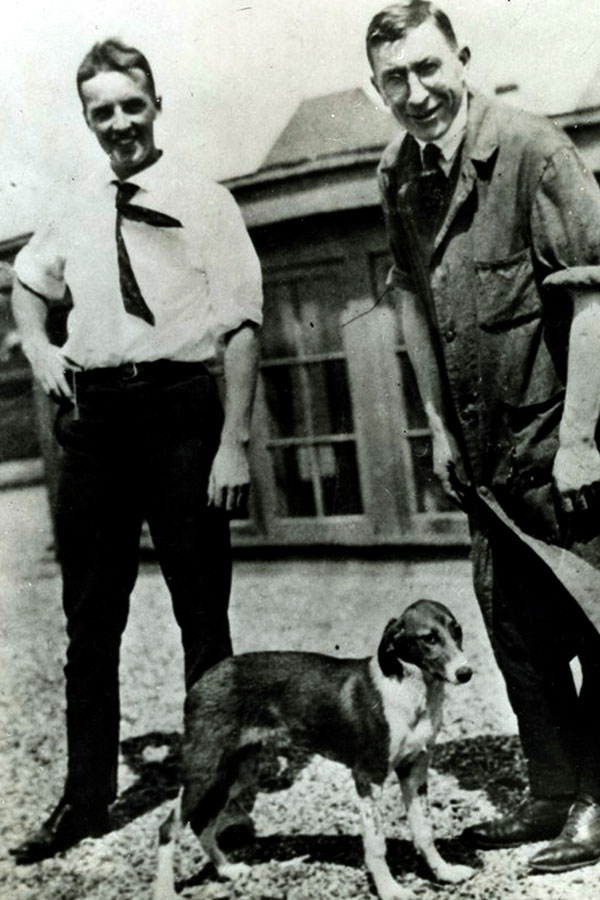This topic takes on average 55 minutes to read.
There are a number of interactive features in this resource:
 Biology
Biology
 Human biology
Human biology
 Science
Science
In 1921 two researchers, Fred Banting and Charles Best, were the first to discover insulin and use it to treat diabetes.
Banting and Best did not work in isolation. They were building on observations and experiments from many other researchers who had studied diabetes.
From the 1850s onwards, autopsies of people who had died from diabetes suggested that diabetes was caused when the pancreas did not function properly.
Many physicians speculated that specialised cells, called the islets of Langerhans, produced a chemical that allowed the body to regulate its blood glucose level. Diabetes was caused when this chemical was not produced.
To test their theory Banting and Best used 10 dogs. They made the dogs diabetic and then investigated treatments for the diabetes.
The result of Banting and Best's research has helped to save the lives of millions of people.

Scientists and regulators, under current regulation, must always weigh up the benefits of new medicines with the need to use animals.
Although the majority of the UK public support the use of animals in medical research, some people have very strong opinions about testing medicines on animals. Although the use of animals in research can lead to huge breakthroughs like the discovery of insulin, it is something that must be closely monitored. For this reason, governments and other institutions decide on a set of rules that should govern whether testing can take place or not.
Using animals for biomedical research is highly regulated in the UK.
The law contains these principles: